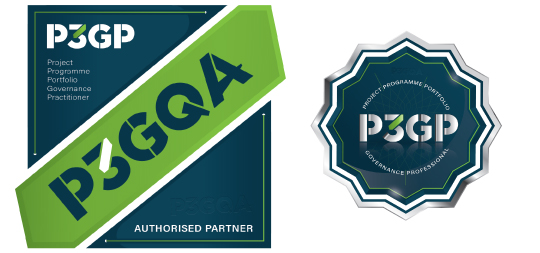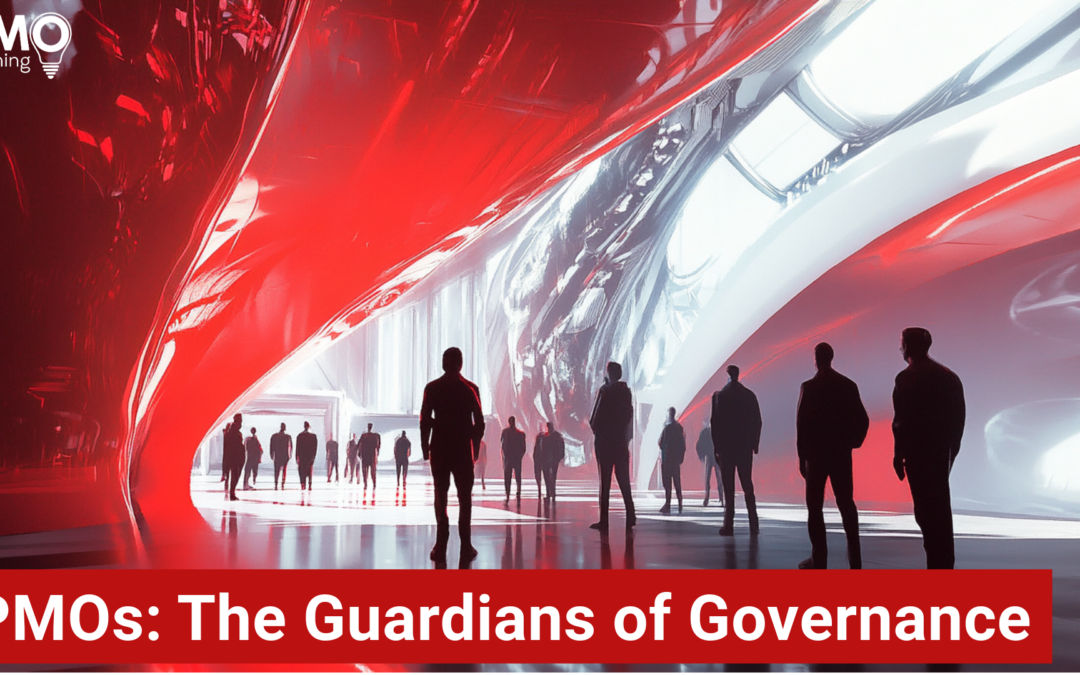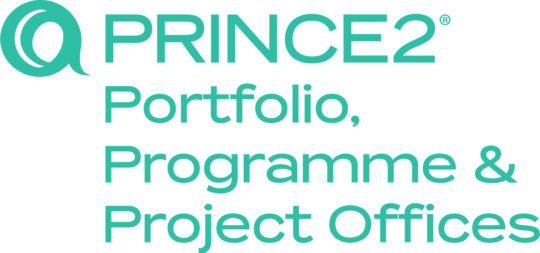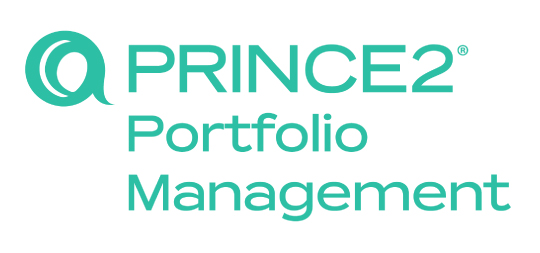Governance sits at the heart of every successful project, programme, and portfolio. Without it, organisations risk misalignment, wasted investment, and decision-making based on opinion rather than insight. Yet, despite its importance, governance is one of the most misunderstood and underdeveloped areas within project management.
For those working in PMOs, the Project, Programme, and Portfolio Governance (P3G) course provides a structured, practical approach to governance that goes beyond theory. It focuses on how governance enables better decision-making, drives accountability, and ensures projects deliver real value to the business.
In this article, we take a look at why governance matters, where organisations typically go wrong, and how the P3G approach helps PMOs implement governance that actually works.
Governance: More Than Just Compliance
Too often, governance is seen as a bureaucratic overhead—something that adds layers of approval, slows down decision-making, and forces people to follow rigid processes. This perception leads to resistance, with project teams pushing back against governance structures that they see as more of a hindrance than a help.
But good governance isn’t about control—it’s about enabling success. It provides:
- Clarity on who is accountable for what.
- Transparency in decision-making.
- Consistency in how projects and programmes are delivered.
- Confidence that investment is being managed effectively.
At its core, governance is about ensuring that organisations make the right decisions at the right time. This is where many PMOs struggle—they may have governance structures in place, but they don’t work in practice because they are seen as administrative hurdles rather than practical mechanisms that improve decision-making and oversight.
Common Governance Pitfalls and Why They Happen
Governance failures usually come down to one of three things:
1. Confusion over roles and responsibilities
Many organisations don’t clearly define the difference between portfolio, programme, and project governance. The result? Overlap, duplication, and gaps in decision-making. This is especially true where multiple PMOs exist, with different reporting lines and governance models that don’t align.
2. Lack of engagement from senior stakeholders
Governance isn’t just about delivery teams—it requires active involvement from executives, sponsors, and decision-makers. Too often, governance is left to the PMO, without the right level of senior accountability to make it effective.
3. Focusing on process rather than outcomes
Many governance frameworks are built around compliance and control rather than outcomes and results. This leads to frustration, as project teams feel constrained by processes that don’t seem to add anything besides extra admin.
Each of these challenges is solvable—but it requires a shift in how governance is designed and implemented.
The P3G Approach: Governance That Works
The P3G approach to governance is built around practicality and effectiveness. Instead of focusing on rigid frameworks that don’t adapt to the realities of modern business, it provides a structured yet flexible model that organisations can tailor to their needs.
1. Clear Differentiation Between Portfolio, Programme, and Project Governance
One of the first things P3G clarifies is the different layers of governance and how they interconnect. Governance at the portfolio level is about ensuring the organisation is investing in the right things. Governance at the programme level is about managing change and complexity. Governance at the project level is about ensuring delivery happens effectively.
By establishing clear roles, responsibilities, and decision-making authority, organisations eliminate confusion and duplication. Everyone knows who is accountable for what, leading to faster and better-informed decisions.
2. A Shift from Bureaucracy to Decision Enablement
Traditional governance is often focused on processes, documentation, and approvals. The P3G approach shifts the focus onto supporting better decision-making.
This means governance isn’t about forcing people to follow a rigid set of rules—it’s about giving them the right information, at the right time, to make the right decisions.
It also recognises that governance needs to be proportionate. Not every project needs the same level of oversight—high-risk, high-value investments need stronger governance than smaller, low-risk initiatives.
3. Governance as a Strategic Enabler
Many PMOs focus on delivery metrics—on-time completion, budget adherence, scope control. But governance should go beyond this. It should ensure that projects and programmes are actually delivering business outcomes and benefits.
P3G helps organisations embed benefits realisation into governance so that projects aren’t just seen as successful when they deliver on time but when they deliver real, measurable value.
From Compliance to Confidence: How to Apply P3G in Your Organisation
If governance in your organisation feels like an overhead rather than an enabler, it’s time to rethink your approach. The P3G course provides a practical framework that helps PMOs implement governance that makes a difference.
Here’s where to start:
1. Assess your current governance model.
Is governance clearly defined at the portfolio, programme, and project levels? Do stakeholders know their roles? If governance isn’t working, figure out why—is it too rigid, too vague, or not embedded at the right levels?
2. Refocus governance on decision-making, not just process.
Governance should speed up decisions, not slow them down. Ensure that governance structures provide value to the business by giving decision-makers the right information at the right time.
3. Integrate benefits realisation into governance.
Move beyond basic delivery metrics and start measuring whether projects and programmes are delivering the outcomes they were designed to achieve.
4. Engage senior stakeholders.
Governance isn’t just the PMO’s job—it requires active sponsorship and executive engagement. Ensure that governance structures are backed by the right level of leadership to make them effective.
Governance is not just about structure—it’s about culture, leadership, and decision-making. When done well, it removes uncertainty, enables agility, and ensures that investments deliver value.
The P3G approach moves governance away from bureaucracy and into business enablement. By providing clear frameworks, decision structures, and strategic oversight, it helps organisations ensure that their projects and programmes are not only well-managed but are also delivering real business outcomes.
If your organisation is struggling with governance—whether due to resistance, inefficiencies, or lack of strategic focus—it’s time to rethink your approach. The P3G course provides the tools, frameworks, and expertise to transform governance from a compliance exercise into a strategic advantage.
Why You Should Take the P3G Course?
PMO professionals should take the P3G course because governance is at the core of what they do—but too often, it’s misunderstood, resisted, or overcomplicated. This course cuts through the noise, giving practical, no-nonsense frameworks to make governance work—ensuring clear decision-making, accountability, and alignment with business strategy. If your PMO wants to stop firefighting and start leading, this course is essential. Click here to read more about the course and see upcoming dates.

Enjoying Our Blog?
Sign up and receive all our articles (we’ll send you an update once a week!) plus special offers and events:






